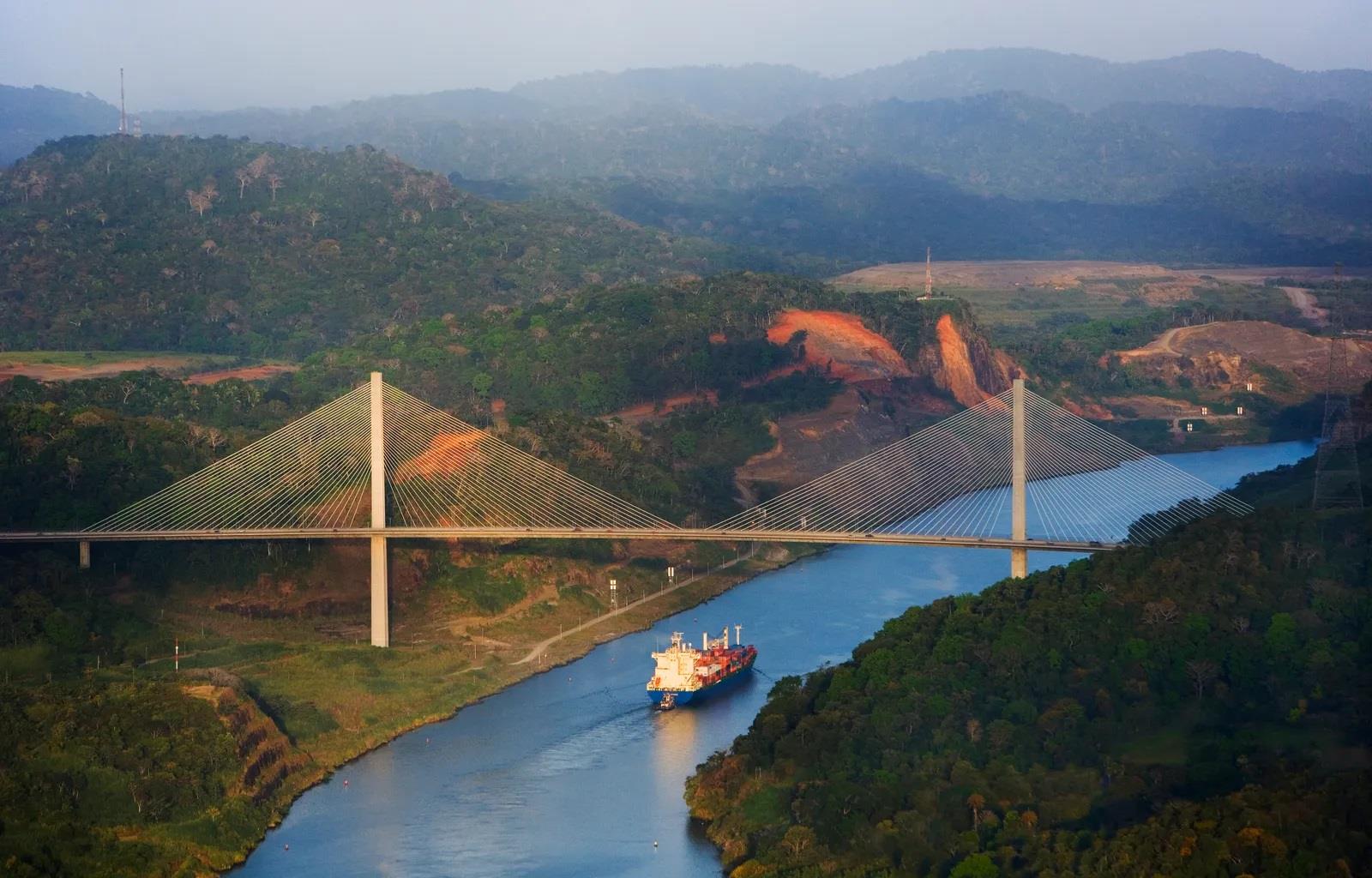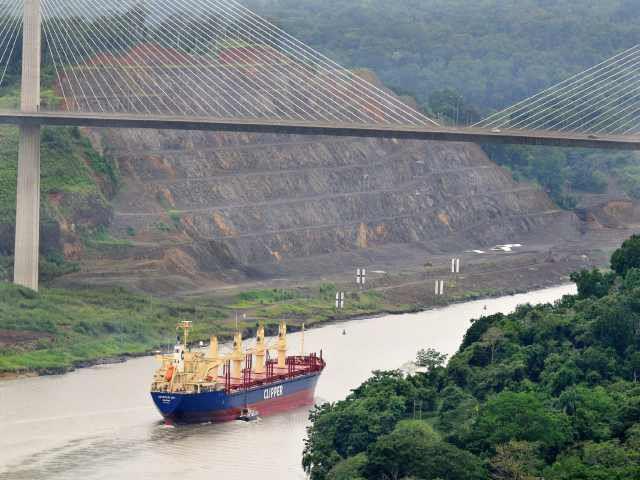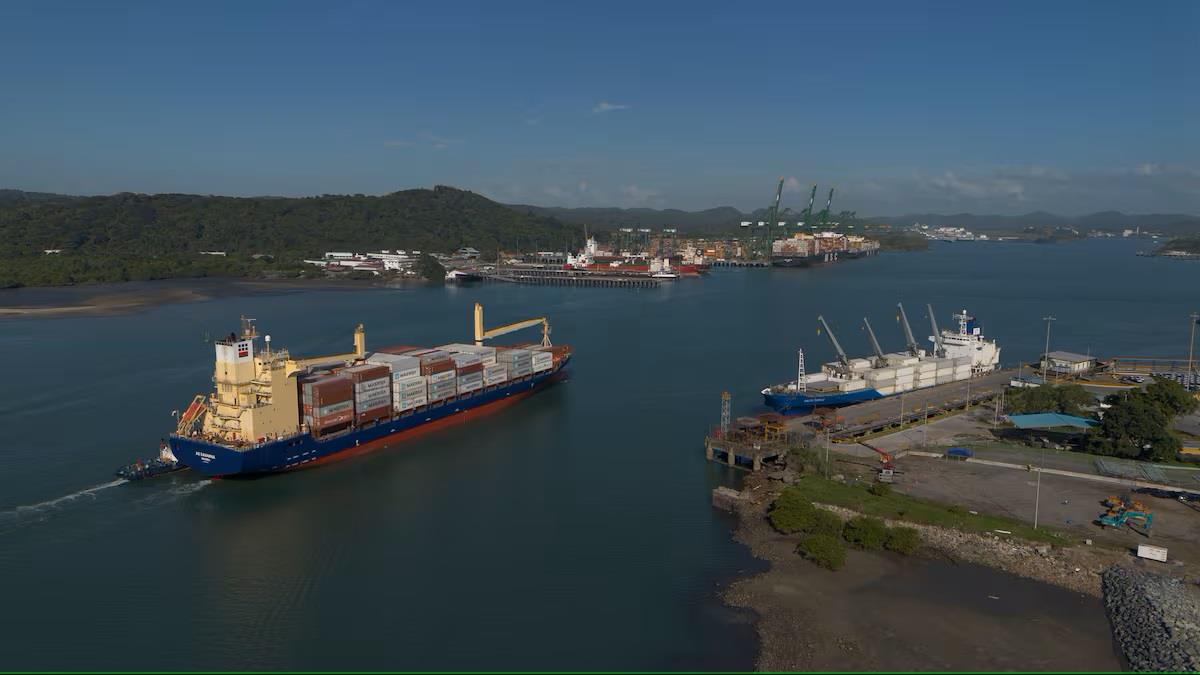
The Water Crisis Made The Panama Canal's Operations More Efficient
Not only was revenue increased by 1%, but we managed to reduce waiting times by half, transit times by 10% and therefore carbon emissions as well. So the crisis has taught us something.
We devoted all our capacity to seeing how we could reach our goals with 25% less water,” said the canal administrator, Ricaurte Vásquez.
The pressure to achieve the goals was great, with“public finances compromised” due to the collapse of the Panamanian economy and the canal“representing 20 cents of every dollar received by the central government,” he points out.
The seasonal drought aggravated by the El Niño phenomenon between 2023 and 2024 forced the Panama Canal, the only one in the world that uses fresh water, to reduce its draft; the submerged part of the ship and its transits; measures that lasted for a year.

An unprecedented backlog was created, with up to 160 vessels waiting in August 2023, the vast majority without transit reservations.
By November 2023, 22 ships were passing through per day, compared to 36, although the worst-case scenario was never reached: 18 daily crossings last February. The draft reached 44 feet (13.4 meters).
Since August 15, the Neopanamax locks, the expansion that has been operational since mid-2016, have been operating at their maximum draft, which is 50 feet or 15.24 meters, and since September 1, 36 ships have been crossing daily.
October 2023 was“absolutely dry” despite historically being one of the rainiest in Panama.
The canal prepared to seed clouds,“and the truth is that in November it rained more than expected. We are still doing the data analysis to see if that experiment worked,” explains Vásquez.

And in December 2023,“a very strong decision was made: to handle 24 transits daily, doing several things simultaneously, including cross-filling, which meant that we had to schedule the transits very precisely.”
The Canal also requested that 100% of the transits be reserved“to reduce the speculation that exists regarding who buys what space” through the auction system.
“In the first quarter of the fiscal year, from October to December (2023), the auctions, which were our mechanism for allocating space and which were dictated by the market, reached conditions in which up to 4 million dollars were paid for a transit. We are not here to speculate,” explains Vásquez.
With the certainty of having 24 daily transits, it was then encouraged that“the ship with more cargo pass, because the concern was also the final client of the shipping company, in view of which we had to try to maximize the volume of cargo that passes through the canal” due to the traffic restriction.

Legal Disclaimer:
MENAFN provides the
information “as is” without warranty of any kind. We do not accept
any responsibility or liability for the accuracy, content, images,
videos, licenses, completeness, legality, or reliability of the information
contained in this article. If you have any complaints or copyright
issues related to this article, kindly contact the provider above.


















Comments
No comment